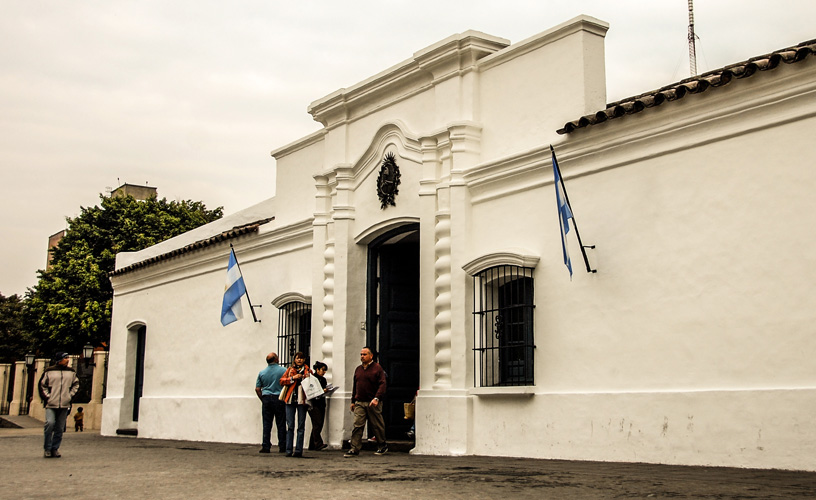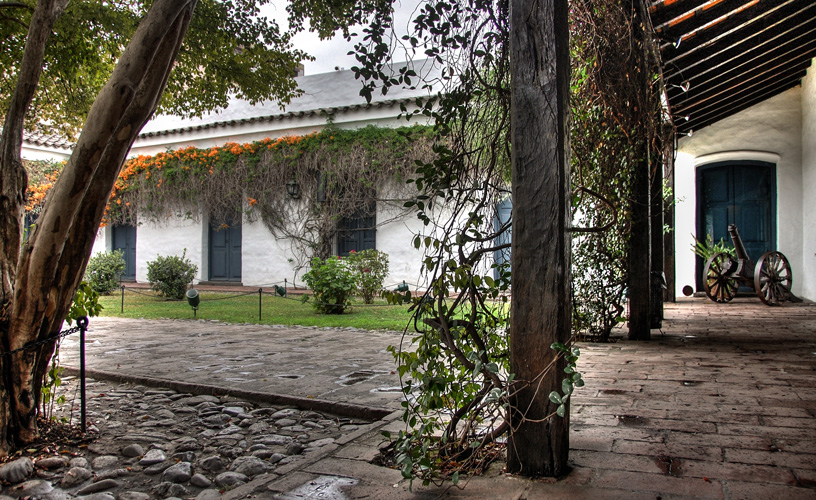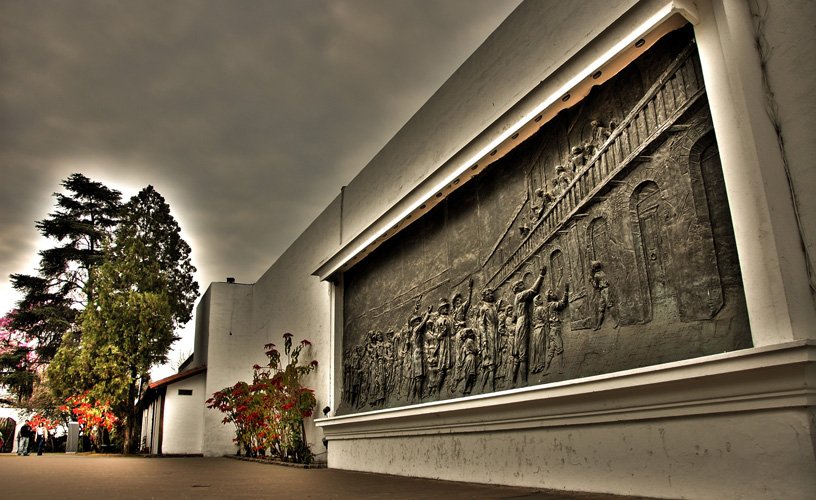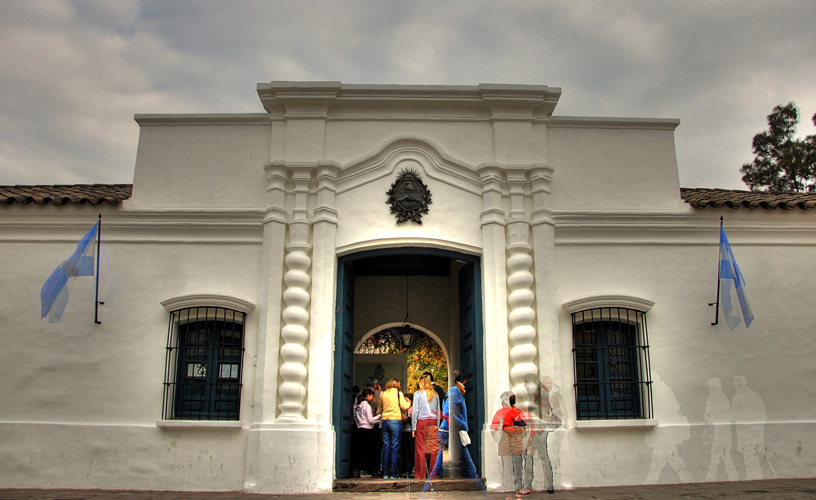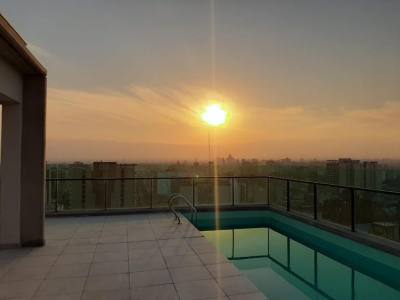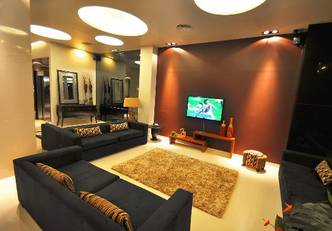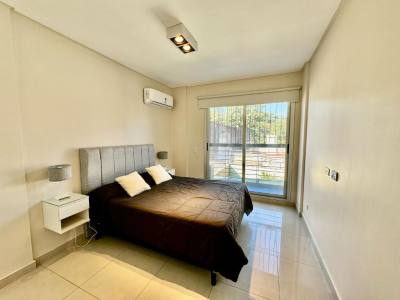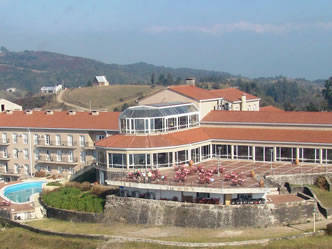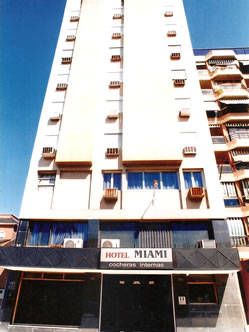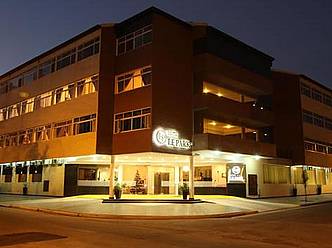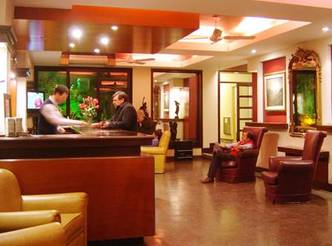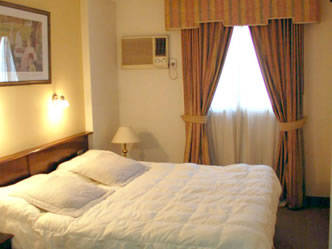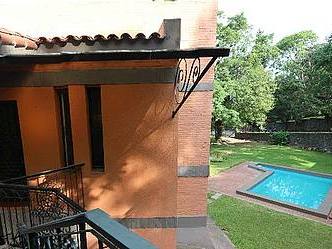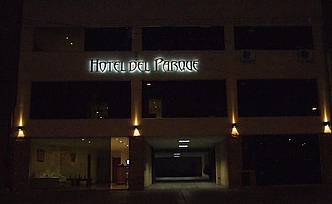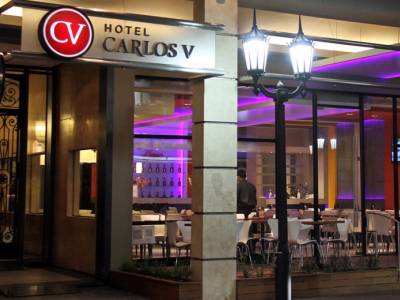The House of Tucumán is exactly like any Argentinian may imagine: simple, white and with a door typical of the old constructions raised in colonial times. This ancient dwelling in San Miguel de Tucumán houses the room where congressmen from the Argentinian provinces gathered to sign the declaration of independence and defend a country that was ready to face its own destiny.
We resolved to let ourselves be carried away by the illusion of stepping along the same corridors as those characters of Argentinian history and we discovered each of the three backyards that make up what is now a museum.
The House of Tucumán
The Room of Declaration of Independence opens up onto the second backyard, with its vaulted ceiling and replicas of the furniture used on July 9, 1816. These pieces had been provided by the prelates of Saint Francis’ Church to hold the Congress of Tucumán in that location.
Finally, the third backyard contains two large bas-reliefs made by plastic artist Lola Mora, native from Tucumán and famous all round the world. Featuring great dimensions in a very spacious and clear background, two fundamental scenes of Argentinian history are represented: the balconies onto Mayo Square on May 25, 1810 and the room where the Congress of Tucumán was held on July 9, 1816. These masterpieces, which symbolize a tribute to two historical acts- manifest the roots of the country: a bunch of men responsible for its freedom.
Mónica Pons
Eduardo Epifanio
